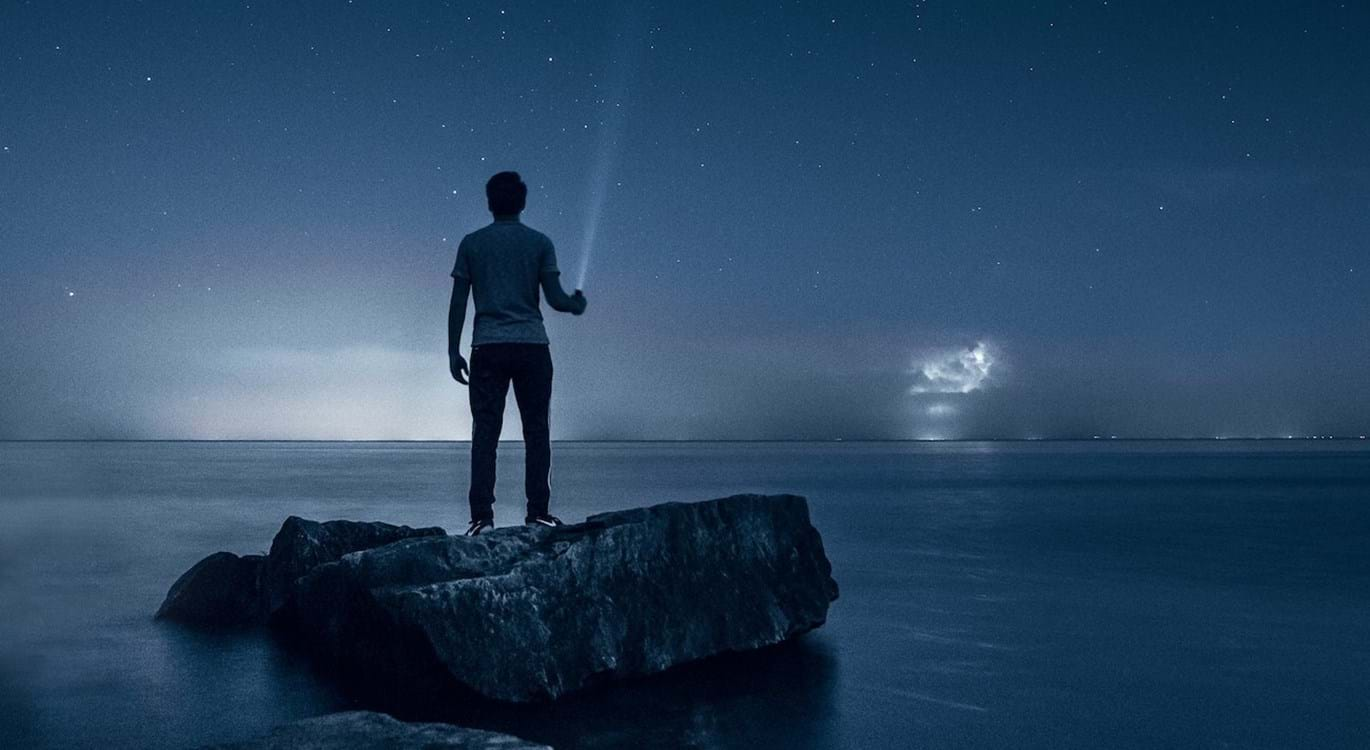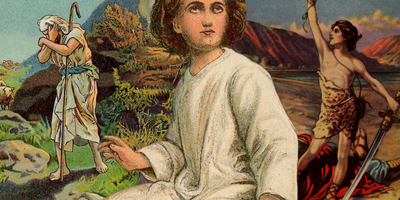Baddiel, the well-known author, comedian, and documentary-maker was speaking about his upcoming book, The God Desire. Although he was raised in a Jewish family Baddiel is an atheist. But the premise of this book is that he would love there to be a God.
He went on to say, “I’m desperate because at heart I’m a wailing load of need, like all human beings. I am a baby at heart. We’re all that at heart. We’re all helpless children. And I know that some atheists would deny that, but that’s just macho posturing.”
Baddiel articulates the desperation of many people in a world that does not deliver deliverance from the big problems of life or bring ultimate and lasting satisfaction. If I had the opportunity, I would ask him to consider three pieces of evidence for the existence of an eternal, almighty, relational God.
Number 1 – Creation
Consider the world that we live in.
“For since the creation of the world His invisible attributes, both His eternal power and divine nature, have been clearly seen, being understood through what has been made, so that they are without excuse” (Romans 1:20 LSB).
This verse claims that we can see something of God’s attributes when we look at “what has been made”. Some will dispute that the universe was made but let’s consider this claim.
As it is widely accepted among scientists that the universe had a beginning in the distant past, and it is a commonly recognized point of logic that anything that begins to exist must have a cause, then the universe must have a cause that is outside of itself.
The logic flows thus:
- Whatever begins to exist has a cause of its existence.
- The universe began to exist.
- Therefore, the universe has a cause of its existence.
If there ever had been a state of absolutely nothing, then that state would never have changed, because nothing does not cause something.
The earth we live on is perfectly positioned and formed for life; it is an engineering marvel with amazing design.
Distance from the Sun
Consider the earth’s distance from the sun. It is always just the right distance from the sun and keeps within a finely tuned perfect range, moving in a nearly perfectly circular orbit in what is called the “Goldilocks” (neither too hot nor too cold) zone, around the sun. Therefore, this planet can sustain liquid water, an essential for human life. If the earth’s orbit were highly elliptical, there would be large variations in temperature, making the environment unsuitable for life.
Daily rotation
We know how the earth/sun relationship works: the earth rotates on its axis once per solar day, providing variation of night and day. The rotation of the earth helps to regulate the temperature around the globe so no one part becomes too hot or too cold. Thankfully it is not like the earth/moon relationship. The same portion of the moon always faces towards the earth, and we can never see the far side. If that was the case for the earth and sun, then one side of the earth would permanently face the sun, and would be extremely hot, and the other side would be in permanent frozen darkness. Life would be unsustainable.
The vital moon
If we move to consider the moon, we know it orbits around the earth every 29.5 days and serves a vital role in making the earth suitable for habitation.
The significance of the moon is that it is the primary cause of the tides in the oceans of the world. Each day high and low tides repeat on an approximately 25-hour cycle. These tides are vital for circulating and oxygenating the coastal waters around the world to support marine life and avoid stagnation.
If the moon was much smaller, like other moons in the solar system, the tides would be ineffective in supporting coastal life. If it were much larger, the coasts would be subject to devastating tides twice a day.
Fine Tuning
Although there is much more to consider as we look at the evidence of an Intelligent and Powerful Designer, who is the cause of the Universe, I would ask Baddiel and anyone else to consider how finely tuned this world is. Gravity falls within an exceedingly narrow life-permitting range. It’s been estimated by physicists that if the strength of gravity were different by just one part in 1060 then life, as we know it, could not exist.
What does one part in 1060 look like? Imagine a tape measure that is marked in millimetres and goes to the moon and back twenty-four times. If you select a point on that massive tape measure to represent the value of gravity, then you cannot move that point by more than 1mm before gravity is altered so much that life, as we know it, is unsustainable. This world has many examples of such fine tuning.
The more we learn about our planet the more amazed we are at how extraordinarily well-suited and finely-tuned it is for life. No one would attempt to explain a work of Shakespeare as being the result of a monkey typing randomly. The intricate design and order of this universe is on a far greater scale than any book.
The evidence is not consistent with natural processes occurring randomly over vast periods of time. But the amazingly intricate design reflects the power, intelligence and care of the God who made us. He is the artist who has put His signature on this great work:
“For thus says the LORD, who created the heavens (he is God!), who formed the earth and made it (he established it; he did not create it empty, he formed it to be inhabited!): ‘I am the LORD, and there is no other.’” (Isaiah 45:18 ESV).
Watch out for my next blog, in which we will look at the other two pieces of evidence: Conscience and Christ.
Notes:




























